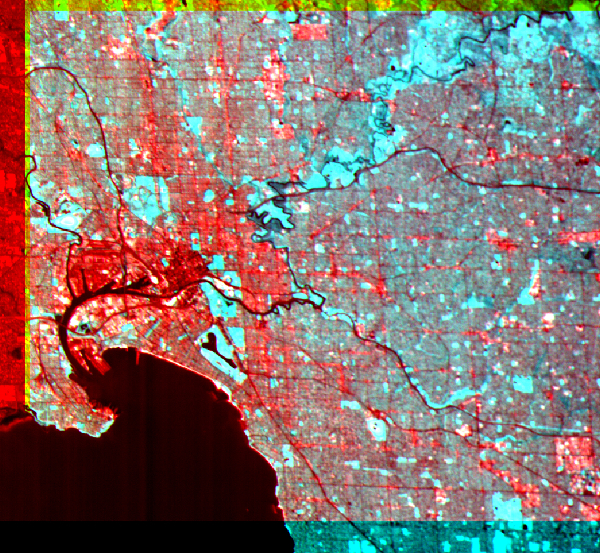DataFarming hyperspectral data for farmers
- July 11, 2022
- William Payne

Pixxel and DataFarming are providing Australian farmers with hyperspectral imaging to improve crop health monitoring. The hyperspectral images provide significantly greater information and detail than conventional satellite imaging, allowing quicker identification of emerging issues.
Pixxel is a Los Angeles and Bangalore based earth-imaging specialist that works with the Indian Space Research Organisation and NASA JPL. DataFarming is an Australian precision agriculture specialist.
Pixxel’s constellation of hyperspectral satellites provide 8x more information and 50x better resolution than existing in-market options. The images allow for in depth analysis of plant and soil biophysical and biochemical properties, allowing farmers to track these properties over the course of the growing season to improve their crop performance.
“This partnership with DataFarming will demonstrate how hyperspectral satellite imagery will revolutionise agriculture by giving farmers access to a new calibre of analytical tools powered by insights from space,” said Pixxel co-founder and CEO Awais Ahmed. “Pixxel’s satellites will help farmers make better and faster decisions by providing a new scale and resolution to the monitoring of crop and soil health.”
“We have been well serviced by multispectral data for over 20 years, and in fact we have 28,000 farms on the DataFarming platform who access it on a regular basis. However, when we want to dig deeper, there are two main issues: spatial resolution and spectral resolution,” said Tim Neale, Managing Director at DataFarming, “As we move into the age of automation and increasing farm size, technology is going to need to fill the gap of determining crop issues earlier; and this is where hyperspectral data and parallel research comes in. And this is likely the ‘tip of the iceberg’ as to what’s possible with regularly captured, high spatial and spectral resolution data.”
Recently Pixxel successfully launched their satellite as part of SpaceX’s April payload and raised a $25M Series A to allow development of more satellites.




